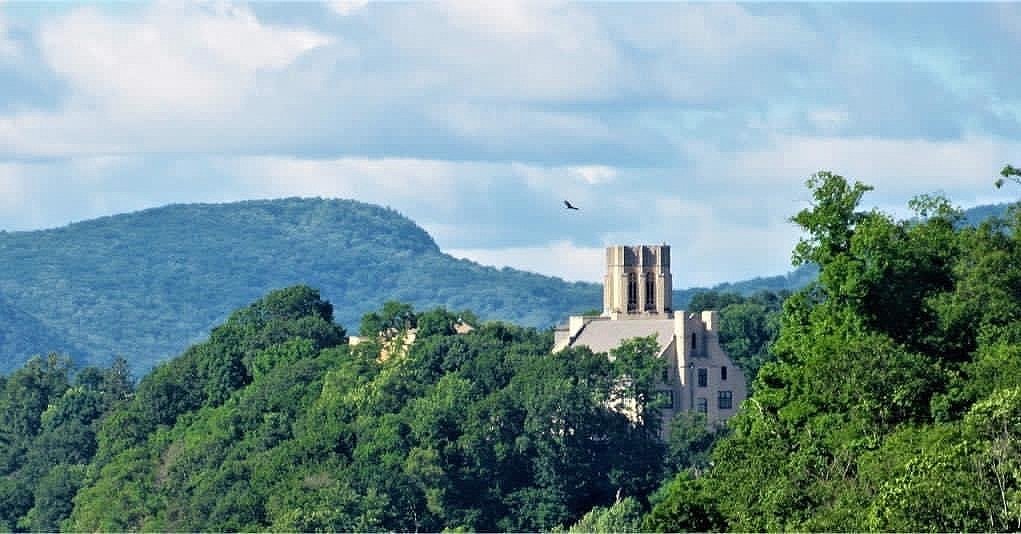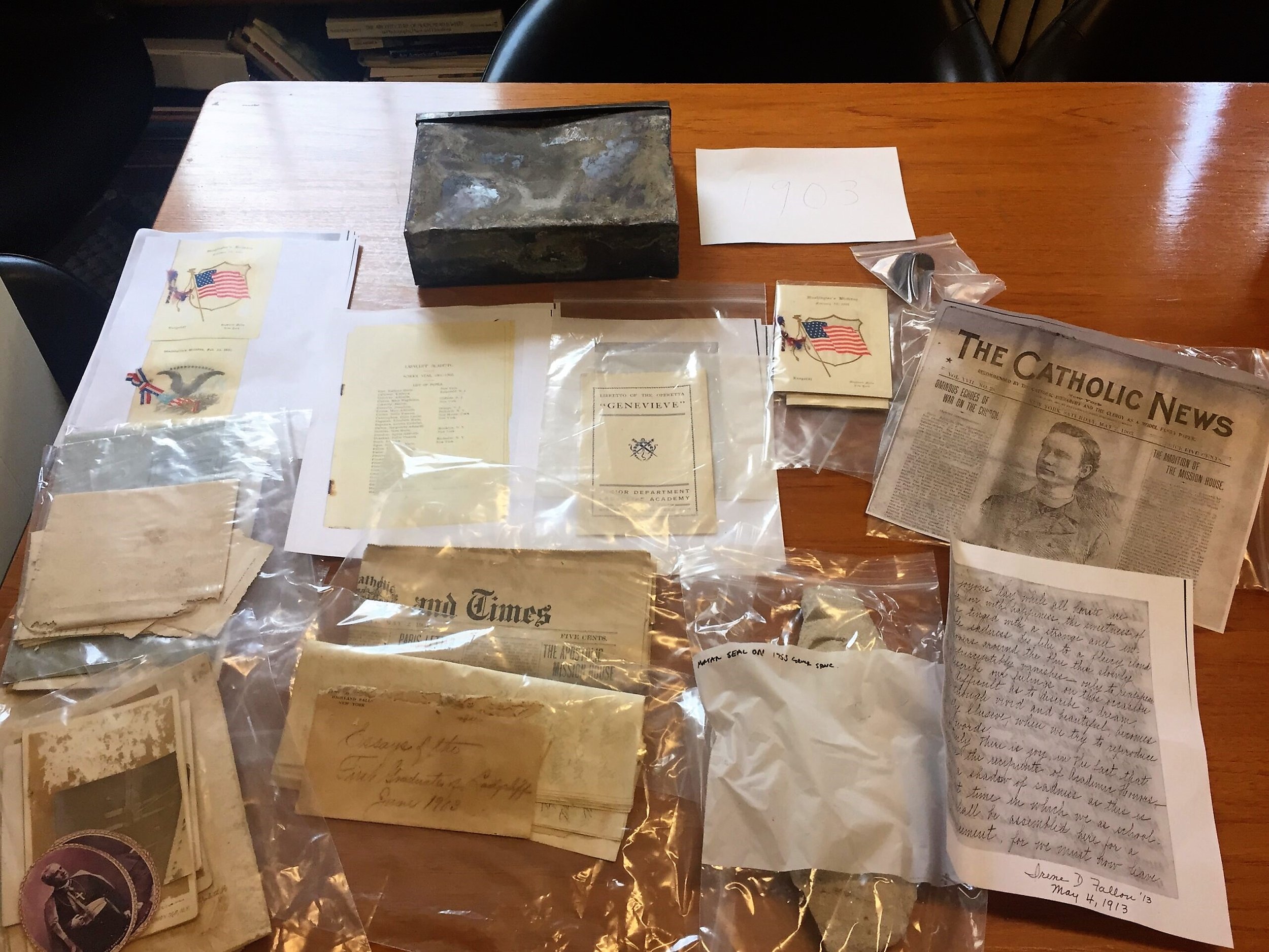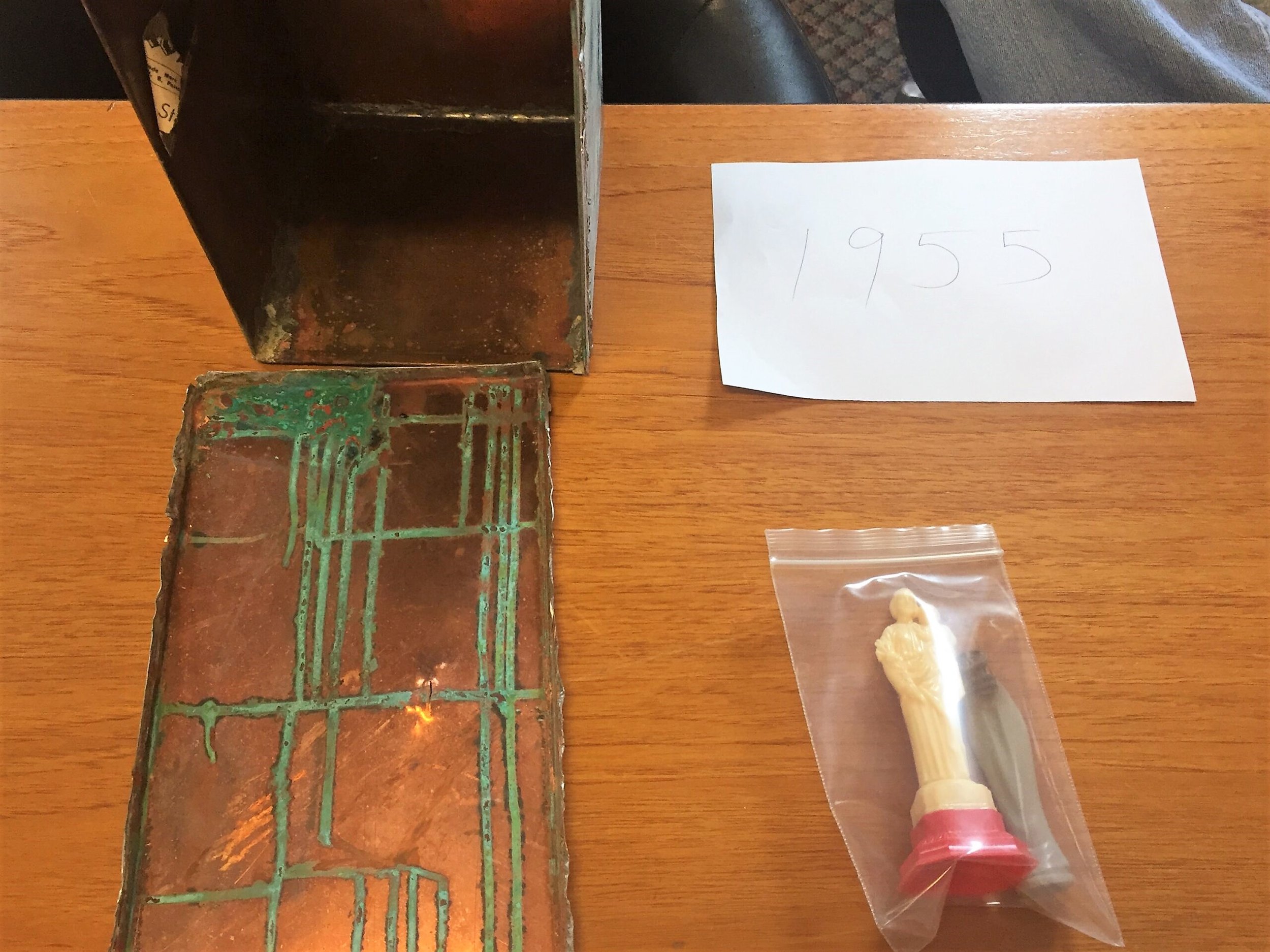
About Ladycliff
“You can take the lady out of Ladycliff,
but you can’t take the Ladycliff out of the lady.”
Adapted by Lucretia Pannozzo ‘72 from the book,
Ladycliff Remembered: A Journey Through Time 1933-1980 by Linda Best ‘72
This saying is probably lodged in the memory of over five thousand individuals. Within a short span of eighty years, a total of 2661 individuals earned degrees from the small liberal arts college known as Ladycliff. An additional 3000 students enrolled in courses at the college at one time or another as non-matriculated students. These 5661 individuals enjoyed the magical experience of studying in a beautiful setting overlooking the Hudson River in Highland Falls, New York.
How it Began
Ladycliff College opened its doors in 1933, having received its charter from the Board of Regents of the University of New York. This was the culmination of years of work by the Franciscan Sisters of Peekskill. Three decades earlier, they had acquired the Cranston’s Hotel, a summer retreat, on property adjacent to the United States Military Academy at West Point. For a while this was an academy for women.
How It Grew
Materials promoting the College to interested young women and their families highlighted the Sisters’ goals for students: “You will find here what your mind desires, ideal location, a liberal education, social activities, religious activities—all of which are directed to the development of a noble and useful life.” The Sisters of St. Francis aimed “to extend through the medium of higher education its full development of young women . . . to be efficient members and leaders of society.” The curriculum offered students cultural background, it prepared them to teach, and it emphasized both religion and philosophy. The curriculum later broadened to include art, music, and physical activity. (the pool and gym!)
The Campus
Ladycliff College and Academy shared the same space for a while. As it grew, Mary Hall was constructed in 1951, Lourdes Hall remodeled the same year, and the chapel refaced in 1955. When the Academy was relocated to Mohegan, the college acquired Regina and Lady Halls. The last construction was Spellman Hall (the gold sofa lounge) and the Library in 1969. Who could forget the students lining up and transferring the books from the old library to the new one by hand?
The Closing
On April 20, 1980, The New York Times writer announced “Small Catholic College to Close for Lack of Funds.” The date was May 12. 1980. It had been announced to students and faculty a week earlier. The reaction was shock since enrollment had increased for the freshman class. Dr. Davis, adjunct professor noted, the students expected a sharp increase in tuition, not closure.”
The Campus Today
With all of the personal connections between ‘Cliffers and the cadets of West Point, it seems like the ultimate metaphor for Ladycliff that West Point purchased the campus in the 1980s. Since then several of the older buildings have been razed, including the Chapel, Regina Hall, and Lady Hall. Others have been transformed: Mary Hall to a “Five Star Inn” and the Library to a tourist and information center. The inside of Rosary Hall now houses the West Point museum. But there is a 1992 plaque inside its front doors donated by the Ladycliff College Alumnae Association that commemorates the existence of both the academy and college.
What recent discoveries have been made?
Two cornerstones emerged when the Chapel was being torn down. One was dated 1903 and the other 1955. Surprisingly, a time capsule was inside each.
1903 Time Capsule
The time capsule brings us back to when it all began. For it was on January 1, 1900, the Franciscan Sisters of Peekskill acquired Cranston’s Hotel, a summer retreat perched on the cliffs along the west bank of the Hudson. The Sisters named this dramatic parcel “Lady Cliff”; it would house their School—the Academy of Our Lady of Angels, founded in 1870 and located in Peekskill, New York. Dedication of the buildings and grounds took place on September 9, 1900, and the Sisters set out to modernize and renovate the properties. While doing so, they changed their School’s name to Ladycliff Academy. New buildings were erected to expand this boarding school; the Chapel was constructed in 1904, Lady Hall in 1913, and Rosary Hall in 1933.
1955 Time Capsule
The 1955 time capsule focuses on the college. It contains yearbook pictures of faculty and students, group shots of clubs, and programs of events. The stones and time capsules are on loan to the Village of Highland Falls and are kept by the Highland Falls Historical Society. Snapshots of the items are preserved in the photo section of the website. The capsules are in the possession of the USMA.
How it Lives On
Besides the interesting contents of the time capsules, some of the stained-glass windows also have a new lease on life. In Holiday, Florida, the St. Vincent de Paul Catholic Church now houses several of the windows. The one below is of particular interest since the Ladycliff seal is in the bottom right-hand corner of the window.
Ladycliff memorabilia lives on through the Village of Highlands Historical Society and its spirit is in the charming park across from its former gates. A walkway, designed with donated bricks from former students and classes, leads to the gazebo. The mayor of the Town of Highland Falls, Joe D’Onofrio, has been especially supportive. His mother was a Ladycliff graduate.










